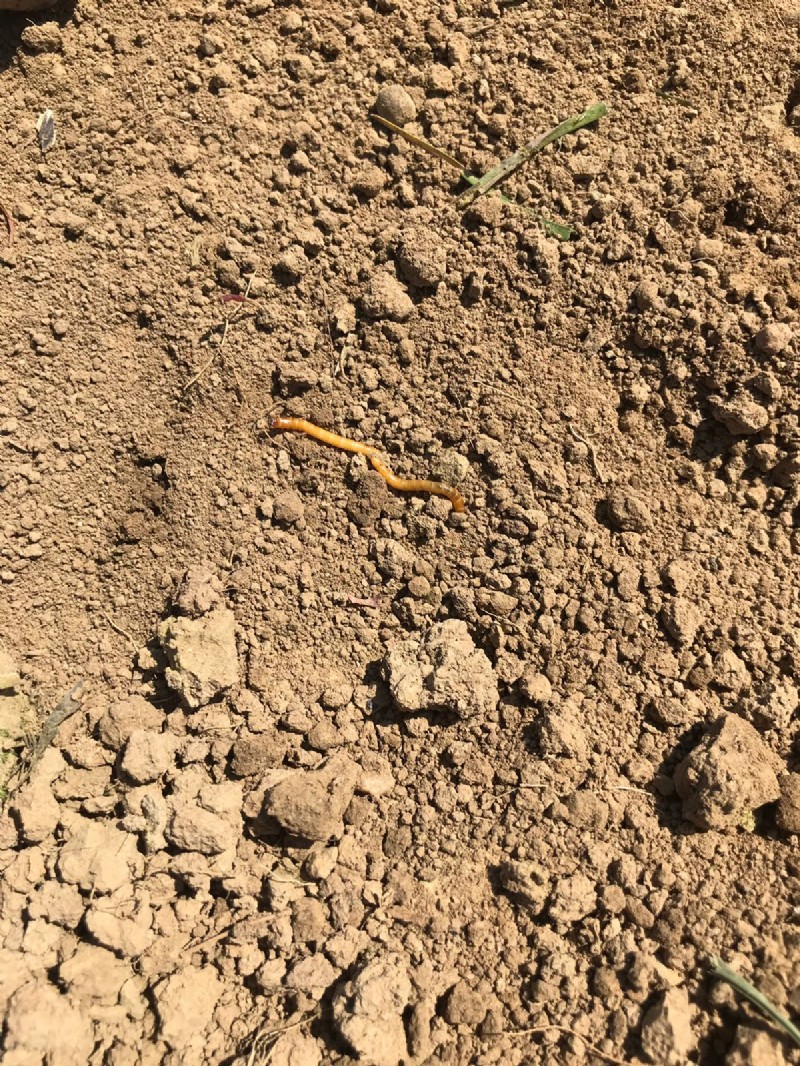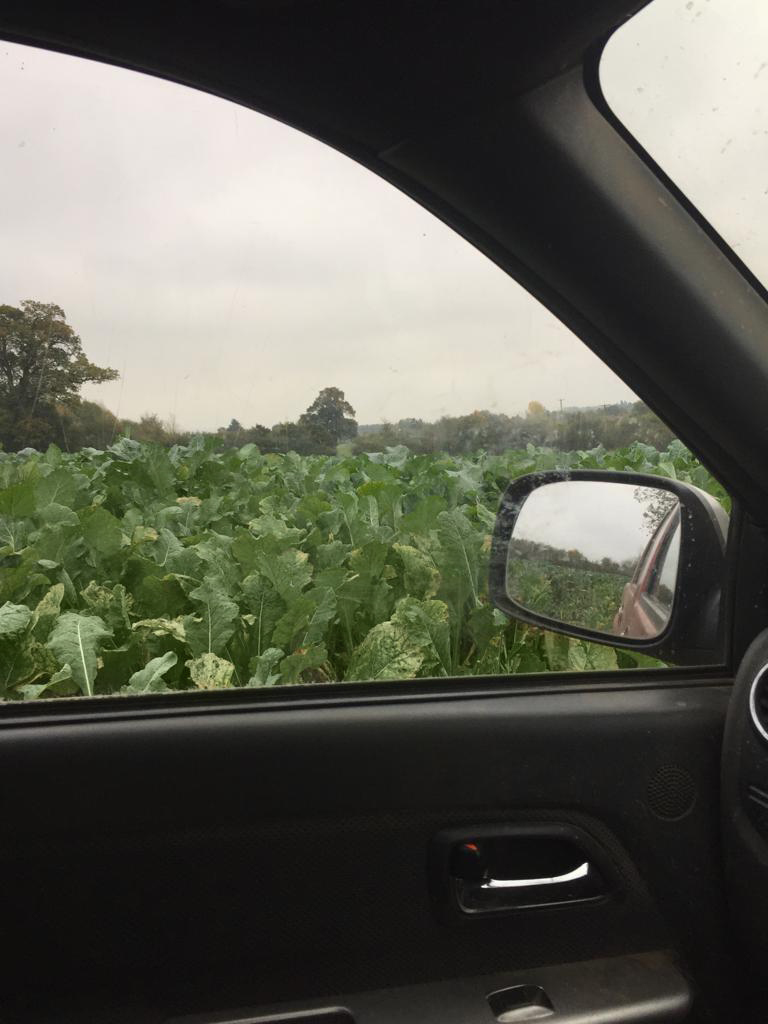







When an old ley becomes tired and it’s time to plough up and reseed to improve productivity, several well known pests, which might be living in the old grassland, can cause problems if a new grass ley is sown too soon.
Leather Jackets (larvae of the crane fly) and wireworm (larvae of the click beetle) can attack the new seedlings as they germinate and begin to establish, often eating through them just below or at the soil surface. The presence of wireworm or leather jackets can be indicated at various times throughout the year. Adult crane flies maybe seen during July and August in the old sward, before it’s ploughed up, and once the field has been ploughed, flocks of crows and rooks may be seen feeding on the larvae and other insects. Even if these indicators are not visible, there’s still a risk that the pests are present.
Once the new ley has been sown, it can appear to be establishing successfully, however if the pest pressure is high, the new seedlings can disappear over a period of several days, leaving large bare areas across the field.
Until recently this problem was overcome by spraying the old sward with an insecticide called Dursban (active ingredient Chlorpyrifos). But having been withdrawn in spring 2016 there are very few chemical methods left to control these grassland pests, more cultural controls should be used to ensure the reseed is successful.
The key method should be to stretch out the break between grass to grass reseeds. When the old ley is be completely destroyed it takes away the food source for the grassland pests, helping to reduce their numbers across the field. This can be achieved by ploughing up the old sward and leaving the area as fallow.
Alternatively, the old sward can be destroyed and planted with a different species, again to remove the preferred food source of the grassland pests. Quick growing brassica species are ideal because they are economical and easy to establish. They also provide a useful source of forage for livestock.
Case Study: Olly Costar, Oxfordshire
Sheep, beef and arable farmer, Olly Costar, was looking to rejuvenated 24 acres of old permanent pasture, split across three fields, by re-sowing with a more productive,dual purpose grazing and cutting ley.
We discussed the potential pest burden and the options available to reduce the risk of a sowing failure due to pest damage. The solution was to graze the old sward down as low as possible, before spraying it off with a robust rate of glyphosate.
The field was then direct drilled with a forage rape crop on the 6th of June, to help break the pest cycle for several months and provide a high protein crop for fattening lambs. Several days of rain before drilling meant the grass re-grew quickly, reaching a height of 20-25cm, before being drilled on the green with Forage Rape at 3 kgs per acre.
Despite the grass regrowth before sowing, the forage rape established well and was ready for fattening lambs after just 8 weeks (4th August), when Mr Costar noted that it had grown higher than the wing mirrors of his pickup truck.
He applied a compound fertiliser application (20.10.10) to ensure the hungry brassicas got away quickly, as well as starting to address a low overall P & K index due to the filed history of long term pasture.
The fields were then grazed in rotation, starting with the largest field first. Once the lambs had been moved onto the second field, it was noted that the forage rape put on some impressive regrowth, giving the opportunity for another grazing later in the autumn.
The 24 acres fattened an impressive 400 lambs by mid autumn, demonstrating the versatility of this break crop to both disrupt the soil pest cycle and fatten a lot of livestock.
Direct drilling at approximately £16 per acre, along with a seed cost for the forage rape of £8.40 per acre, with 400 lambs fattened, made this an economical exercise for Mr Costar, as well as giving him a good entry for the new ley this spring.
Date Posted: 9th May 2018




